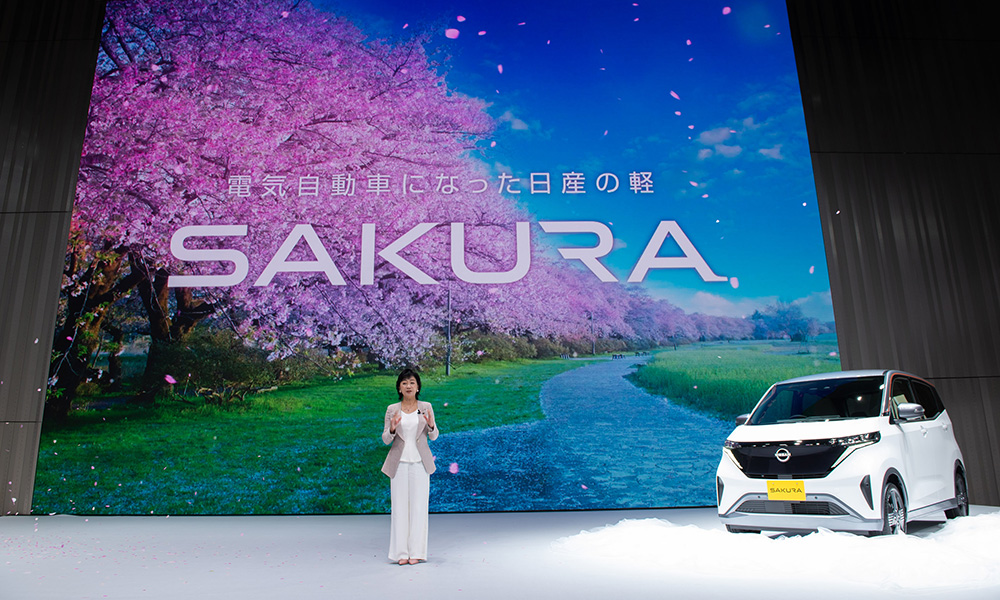
Compact EVs are on the rise with such cars as the Renault Twizy and the Wuling Hongguang. Designed for urban roads, the Nissan Sakura takes an electric motor and stuffs it inside a kei car body. Being the most affordable electric model from Nissan, the car was released to make EVs more accessible to the Japanese market.
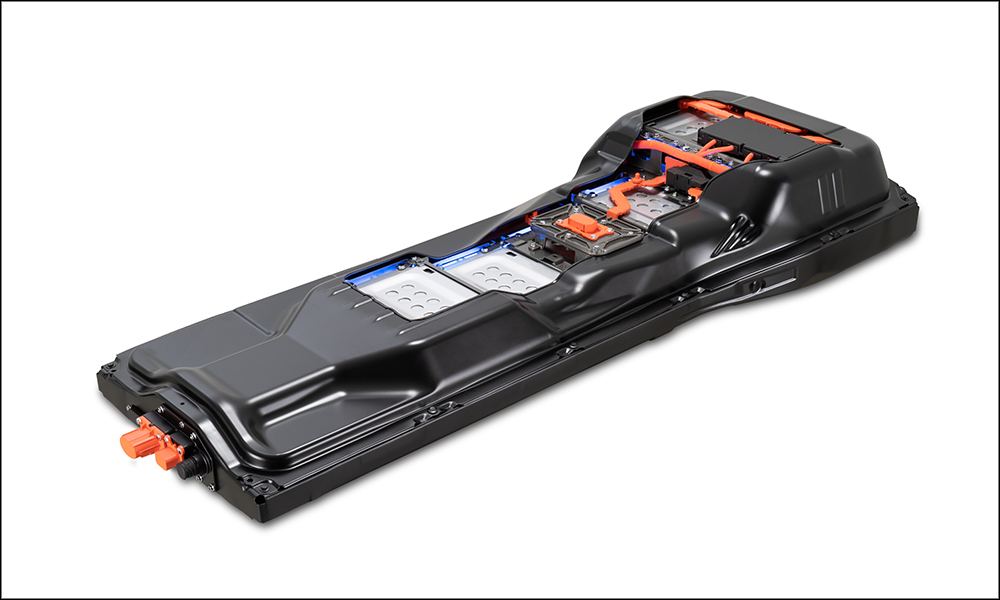
Its electric motor has 63hp and 195Nm, allowing the vehicle to seamlessly merge when highway driving and reach a top speed of 130km/h. Having had years of development through the Leaf, Nissan used stacked cells to keep the battery compact while allowing for a maximum range of 180km. The standard charging time is eight hours (from near-empty to full), while a quick charge is around 40 minutes (from near-empty to 80% charge).
In case of emergencies, the battery can also be used as a mobile power source. Three driving modes (Eco, Standard and Sport) are present for varying conditions with regenerative braking occurring when the accelerator is lifted.
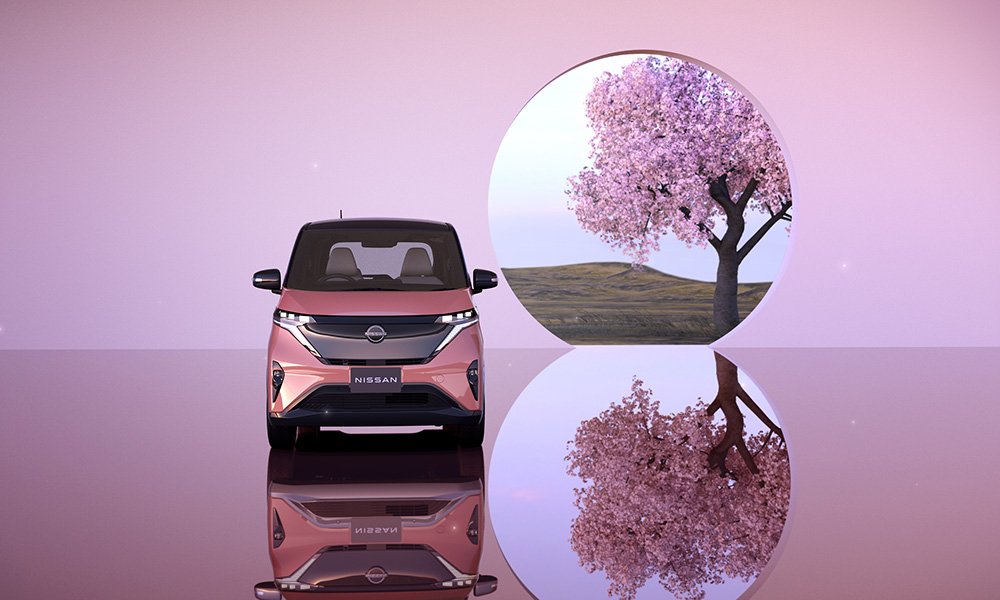
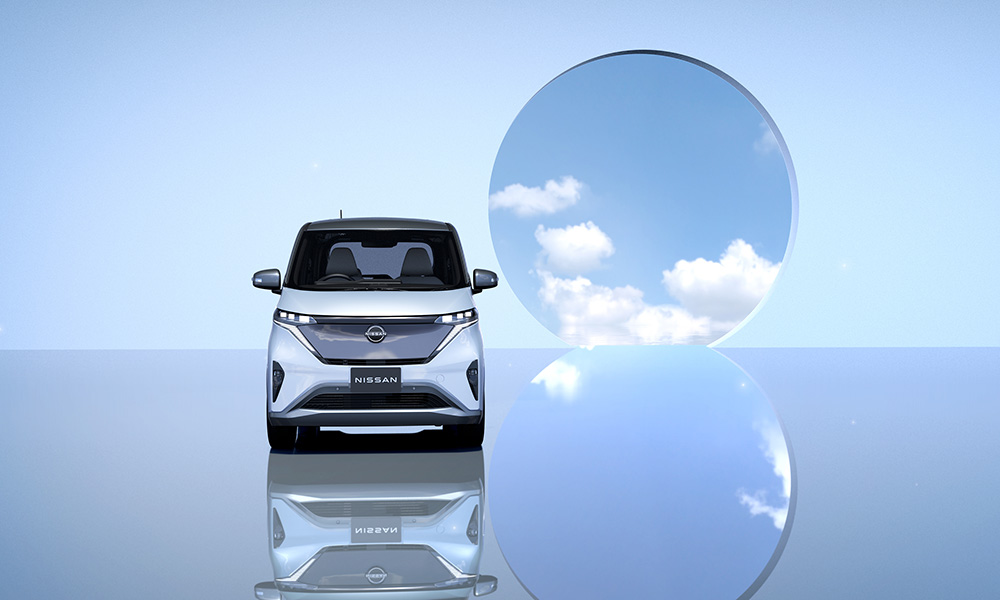
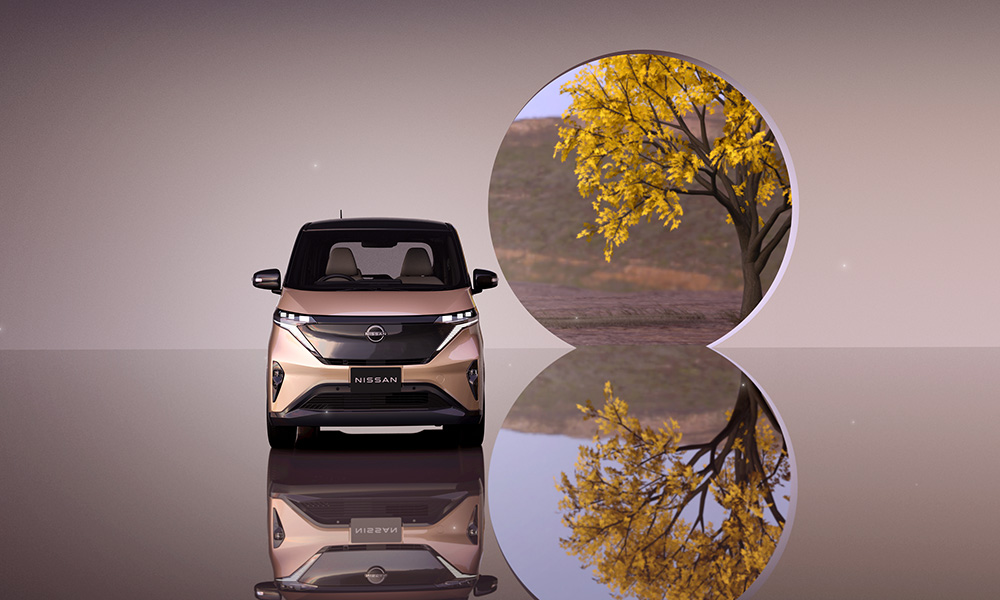
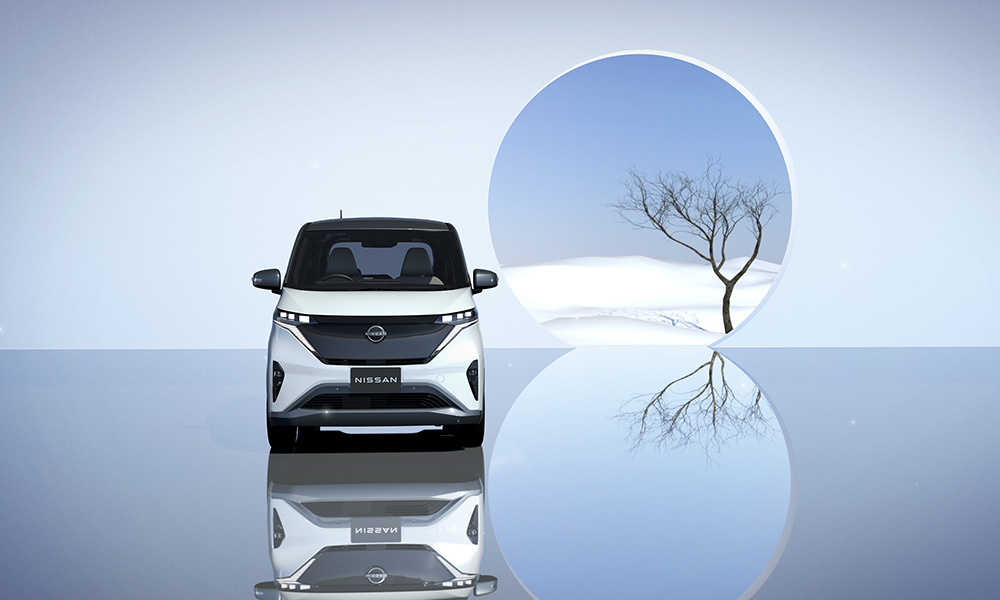
The kei car design makes the Sakura ideal for city driving. Its boxy and compact shape makes the runabout highly maneuverable (with a turning radius of 4.8m), yet also spacious enough for daily driving. To make driving easier in general, the car also features Nissan’s ProPilot driver assistance system, with ProPilot Park automating most of the parking process.
On the exterior, the triple-beam headlights increase visibility, while the charging port lights up for nighttime use. The 15-inch aluminum wheels are inspired by Mizuhiki decorative knots for a unique Japanese flair. The Sakura is available in 15 colors, including two-tone options inspired by the four seasons, while the interior is available in either black, beige, or blue-gray.
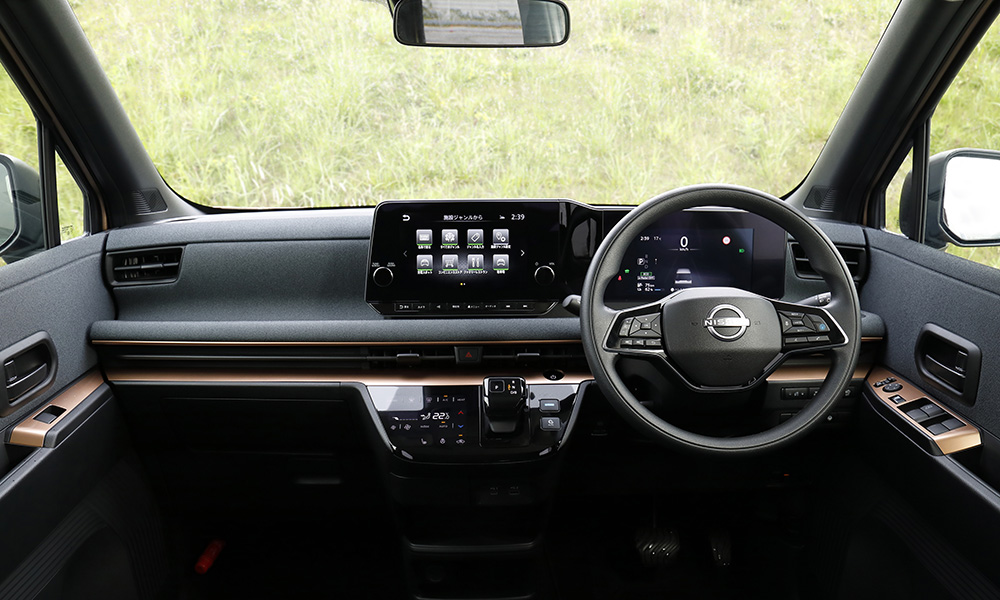
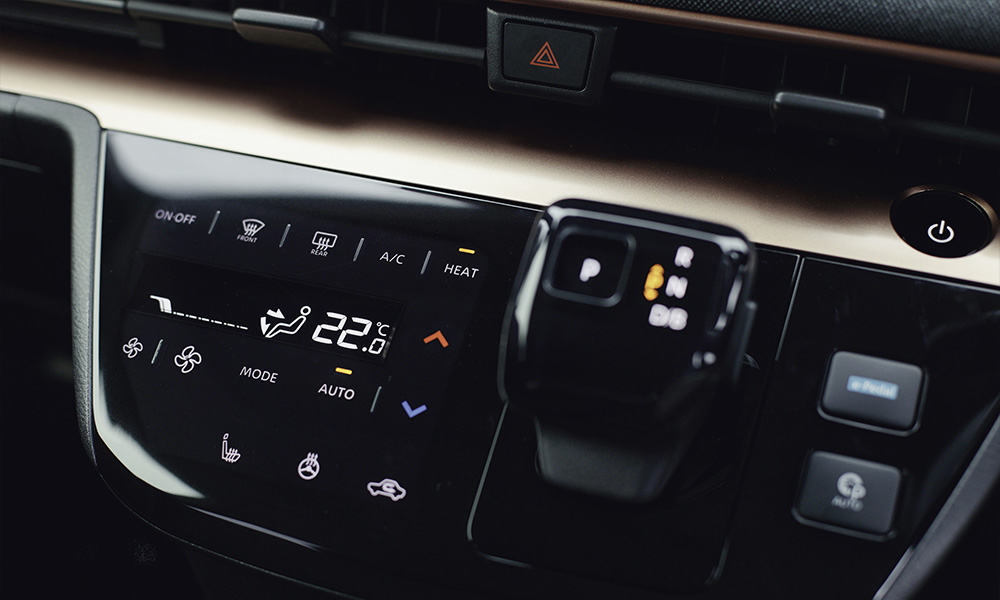
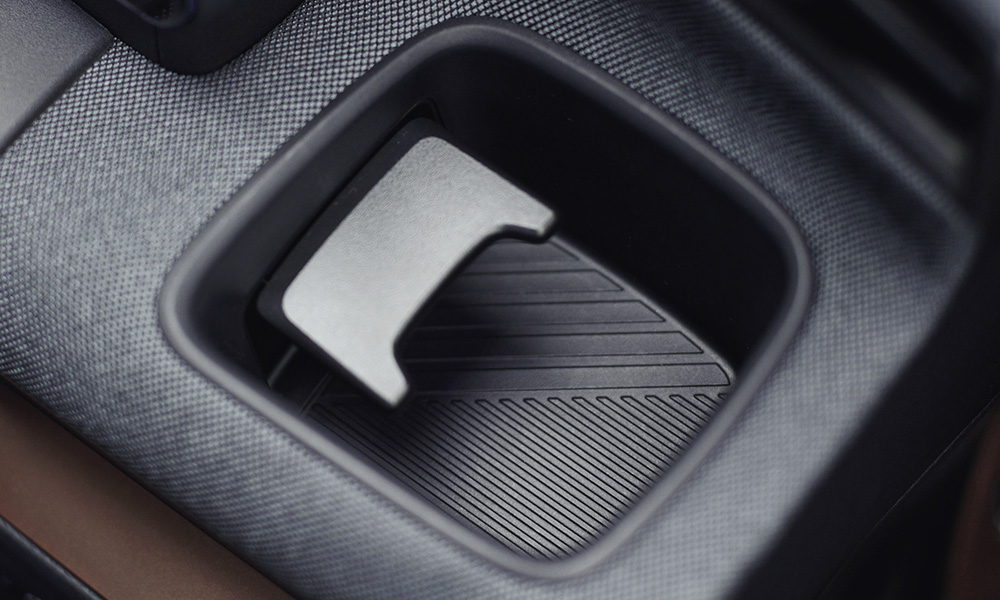
The cockpit has a seven-inch digital instrument cluster and a nine-inch infotainment screen conveniently placed together to minimize eye movement when viewing. The navigation system features route-setting based on the vehicle’s current battery level as well as an emergency SOS service.
The sofa-like seats are made of fabric and can comfortably fit four, while the luggage capacity is at a respectable 107L.
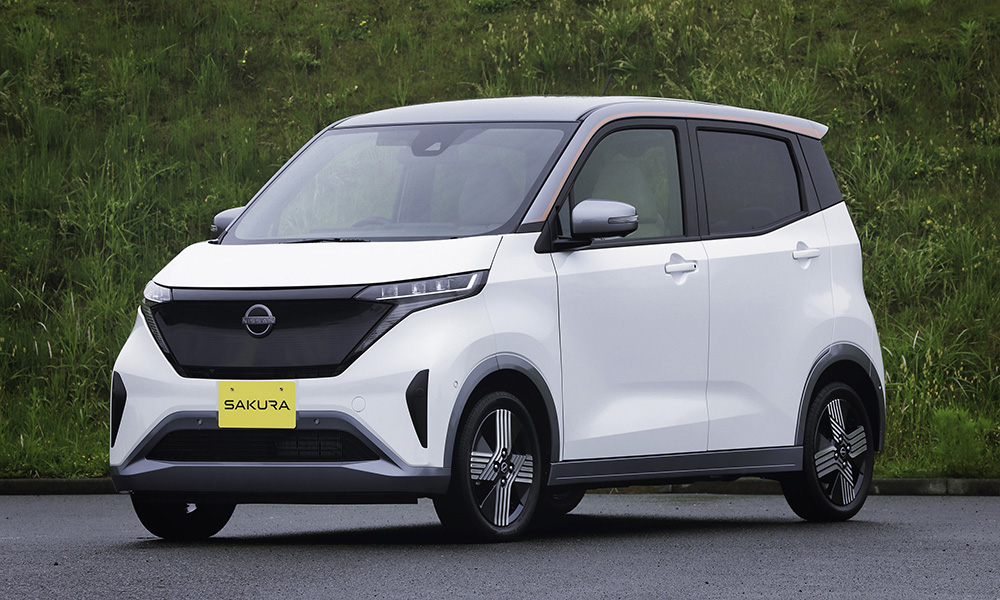
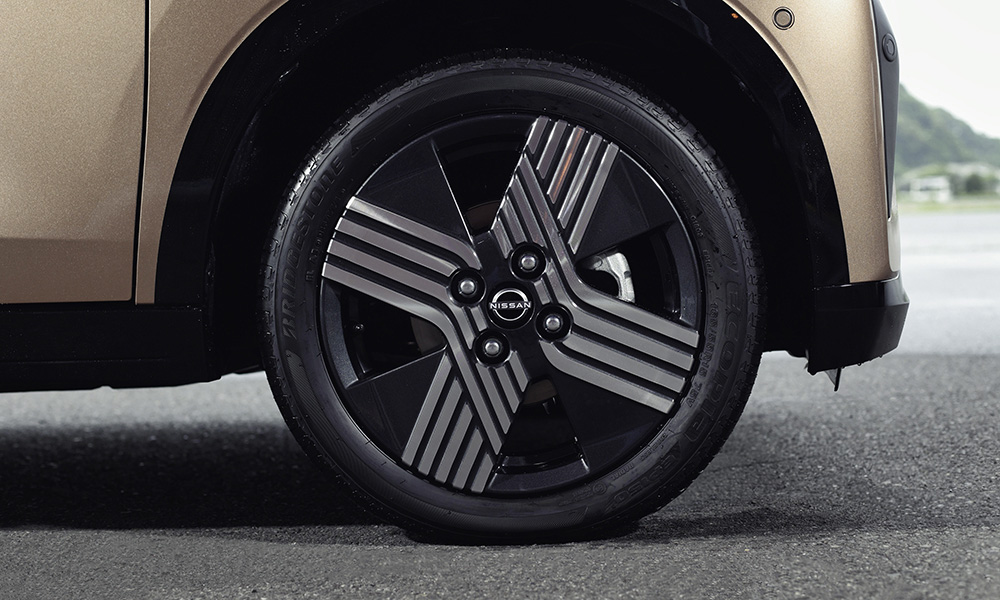
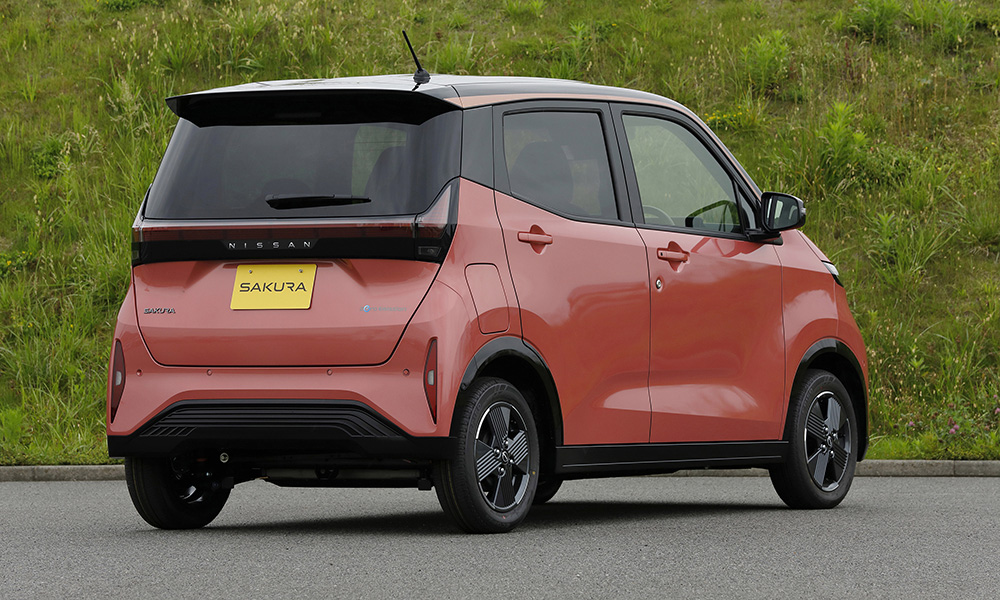
The Sakura will be offered in three model grades. The S goes for ¥2,333,100 (P953,000), while the X is priced at ¥2,399,100 (P956,000) and the G for ¥2,940,300 (P1,201,000). Factoring in Japan’s clean energy vehicle subsidy and consumption tax, the EV starts at ¥1,780,000 (P727,000).
Given the popularity of small hatchbacks such as the Wigo and the Mirage here in the Philippines, would you like to see the Sakura on our roads?


0 Comments